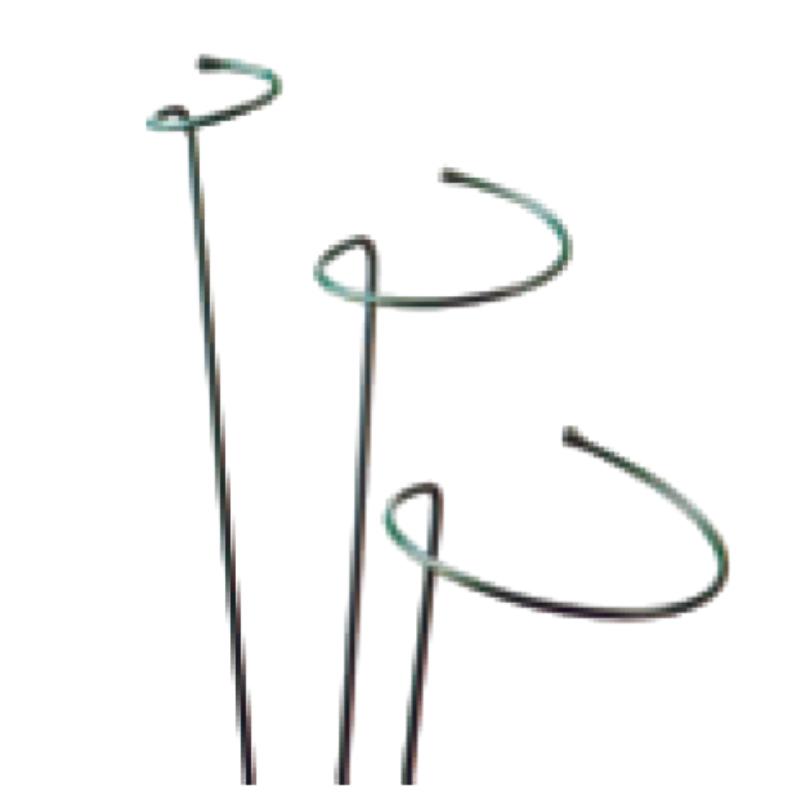-
E-post:zhao@hyliec.cn
-
Tel:+86 311 85273988
-
WhatsAPP:8613931128750
-
 Aafrika
Aafrika -
 albaanlane
albaanlane -
 amhari
amhari -
 araabia keel
araabia keel -
 armeenlane
armeenlane -
 Aserbaidžaan
Aserbaidžaan -
 baski keel
baski keel -
 valgevenelane
valgevenelane -
 bengali
bengali -
 bosnia keel
bosnia keel -
 bulgaaria keel
bulgaaria keel -
 katalaani
katalaani -
 Cebuano
Cebuano -
 Korsika
Korsika -
 Horvaatia
Horvaatia -
 Tšehhi
Tšehhi -
 taani keel
taani keel -
 hollandi keel
hollandi keel -
 Inglise
Inglise -
 esperanto
esperanto -
 eesti keel
eesti keel -
 soome keel
soome keel -
 prantsuse keel
prantsuse keel -
 friisi keel
friisi keel -
 Galicia
Galicia -
 Gruusia keel
Gruusia keel -
 saksa keel
saksa keel -
 kreeka keel
kreeka keel -
 gudžarati
gudžarati -
 Haiti kreool
Haiti kreool -
 hausa
hausa -
 havai
havai -
 heebrea keel
heebrea keel -
 Ei
Ei -
 Miao
Miao -
 ungari
ungari -
 islandi
islandi -
 igbo
igbo -
 Indoneesia
Indoneesia -
 iirlane
iirlane -
 itaalia keel
itaalia keel -
 Jaapani
Jaapani -
 jaava keel
jaava keel -
 kannada
kannada -
 kasahhi
kasahhi -
 khmeerid
khmeerid -
 Rwanda
Rwanda -
 korea keel
korea keel -
 kurdi
kurdi -
 kirgiisi
kirgiisi -
 TB
TB -
 ladina keel
ladina keel -
 lätlane
lätlane -
 Leedu
Leedu -
 Luksemburgi keel
Luksemburgi keel -
 makedoonlane
makedoonlane -
 Malgashi
Malgashi -
 malai
malai -
 malajalami
malajalami -
 malta keel
malta keel -
 maoorid
maoorid -
 marati
marati -
 mongoli keel
mongoli keel -
 Myanmar
Myanmar -
 Nepali
Nepali -
 norra keel
norra keel -
 norra keel
norra keel -
 oksitaan
oksitaan -
 puštu
puštu -
 pärslane
pärslane -
 poola keel
poola keel -
 portugali keel
portugali keel -
 pandžabi
pandžabi -
 rumeenlane
rumeenlane -
 vene keel
vene keel -
 Samoa
Samoa -
 šoti gaeli keel
šoti gaeli keel -
 serblane
serblane -
 Inglise
Inglise -
 Shona
Shona -
 Sindhi
Sindhi -
 singali keel
singali keel -
 slovaki
slovaki -
 Sloveenia
Sloveenia -
 Somaalia
Somaalia -
 hispaania keel
hispaania keel -
 sundalane
sundalane -
 suahiili keel
suahiili keel -
 rootsi keel
rootsi keel -
 tagalog
tagalog -
 tadžiki
tadžiki -
 tamili keel
tamili keel -
 tatarlane
tatarlane -
 telugu
telugu -
 Tai
Tai -
 türgi keel
türgi keel -
 türkmeen
türkmeen -
 ukrainlane
ukrainlane -
 urdu
urdu -
 uiguurid
uiguurid -
 usbeki
usbeki -
 vietnamlane
vietnamlane -
 kõmri
kõmri -
 Abi
Abi -
 jidiš
jidiš -
 joruba
joruba -
 suulu
suulu
Metal Plant Supports
What Is The Support Structure Of A Plant?
The support structure of a plant refers to the system of tissues and organs that provide stability and enable the plant to maintain an upright position. This support structure includes several key components:
1. Cell walls: The rigid cell walls of plant cells provide structural support, especially in non-woody plants. The cell walls help maintain the shape and rigidity of the plant's cells, contributing to its overall structure.
2. Stems: Stems play a crucial role in supporting the plant and providing a framework for the attachment of leaves, flowers, and reproductive structures. The stems also facilitate the transport of water, nutrients, and sugars throughout the plant.
3. Roots: The root system anchors the plant in the soil, providing stability and support. Additionally, roots absorb water and nutrients from the soil, contributing to the overall health and growth of the plant.
4. Vascular tissues: Xylem and phloem are specialized tissues that form the plant's vascular system. Xylem transports water and minerals from the roots to the rest of the plant, while phloem transports sugars and other organic compounds to various parts of the plant.
5. Specialized structures: Some plants have specialized support structures, such as tendrils, thorns, or aerial roots, which aid in climbing, attachment, or additional support.
The combination of these structural elements allows plants to maintain their shape, withstand environmental forces, and support essential physiological processes.
Iron Plant Supports Faq
What are the benefits of using iron plant supports?
Iron plant supports offer durability and strength, making them suitable for providing robust support for heavy or sprawling plants. They can withstand the weight of mature plants and help maintain their shape and structure.
What types of plants are best supported by iron plant supports?
Iron plant supports are well-suited for providing support to a wide range of plants, including peonies, roses, delphiniums, and other tall or heavy-flowering perennials. They can also be used for supporting climbing plants such as clematis or sweet peas.
How should iron plant supports be installed?
Iron plant supports should be installed firmly in the ground to ensure stability. When supporting individual plants, place the support structure around the plant early in the growing season, allowing the plant to grow into and around the support naturally.
Are there different styles and designs of iron plant supports available?
Yes, iron plant supports come in various styles and designs, including hoop supports, grid supports, and individual stakes. These different designs cater to the specific needs of different types of plants and can provide effective support while enhancing the visual appeal of the garden.
How can iron plant supports be maintained?
To maintain iron plant supports, periodically inspect them for signs of rust or corrosion, especially if they are exposed to the elements. If rust is present, it can be removed using a wire brush, and the supports can be treated with a rust-resistant coating or paint to prolong their lifespan.






